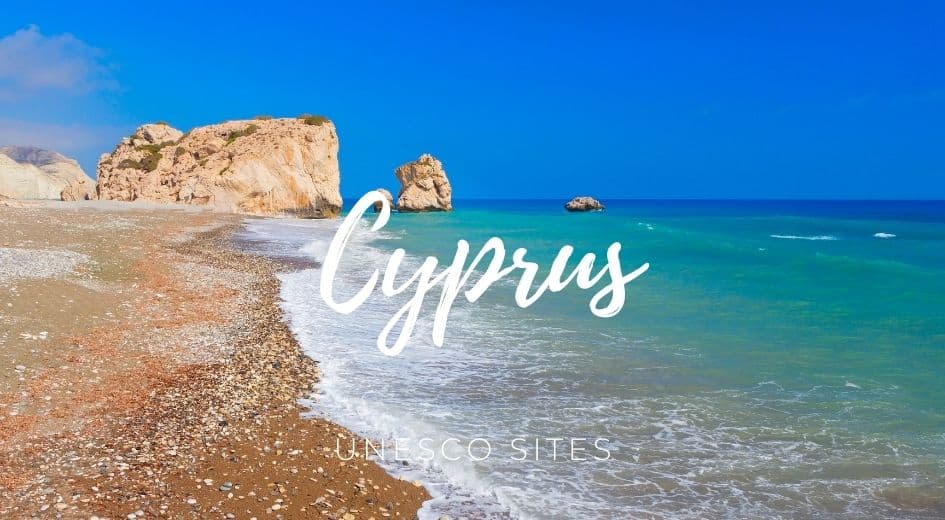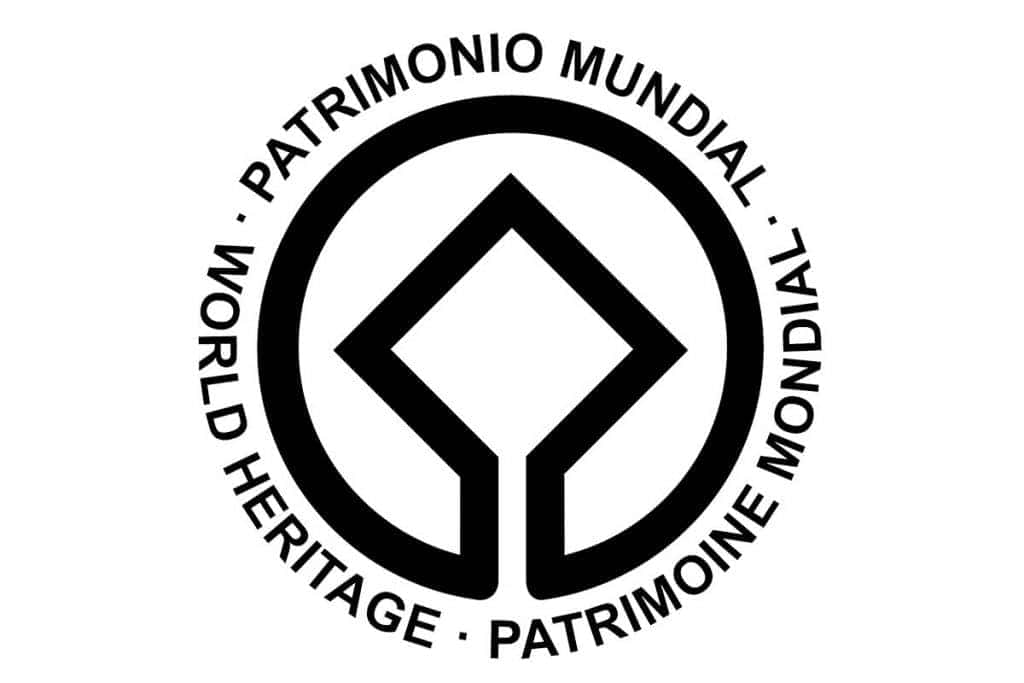Table of Contents


Cyprus UNESCO has registered 3 sites on the World Heritage list and 11 on the tentative list.
Some places are so interesting that it’s relevant to keep them for future generations. This is why UNESCO has built a list of crucial classified properties in which superb places stand out for their aesthetic, natural, artistic, or cultural significance.
More than a thousand places are registered as Unesco’s World Heritage worldwide. Due to my interest in visiting World Heritage sites, I compiled the UNESCO list in Cyprus and the corresponding map.
Cyprus UNESCO list
- Choirokoitia
- Painted Churches in the Troodos Region
- Paphos
Cyprus UNESCO Map
Click on the blue pins to view more relevant information about each World Heritage site in Cyprus.
Description
- Choirokoitia is an archaeological site in Cyprus that dates back to the Neolithic period and provides insights into the early development of human society in the eastern Mediterranean.
- The Painted Churches in the Troodos Region is a group of ten Byzantine churches in central Cyprus’s Troodos Mountains that date back to the 11th and 12th centuries. They are known for their exceptional Byzantine frescoes.
- Paphos is a coastal city in Cyprus with a history dating back to the Neolithic period. It is home to important archaeological sites such as the Tombs of the Kings and the House of Dionysus, as well as beautiful beaches and stunning natural scenery.
UNESCO World Heritage Sites in Cyprus have protected places for their cultural and natural importance.
Sites on the Tentative List
- Church of Panayia Chrysokourdaliotissa, Kourdali (extension to “Painted Churches in the Troodos Region”)
- The rural settlement of Fikardou
- Mathiatis South
- Kionia
- Khandria
- Troodos, Mt. Olympus
- Malounta Bridge
- Klirou Bridge
- Agioi Varnavas and Ilarion at Peristerona (Five-domed churches)
- Church of Panagia Aggeloktisti
- Hala Sultan Tekke and the Larnaka Salt Lake Complex


